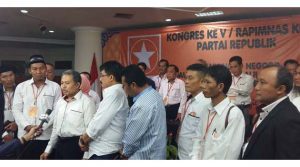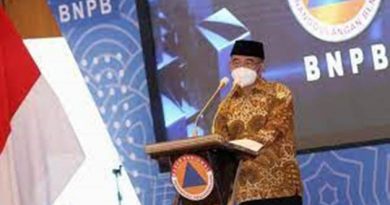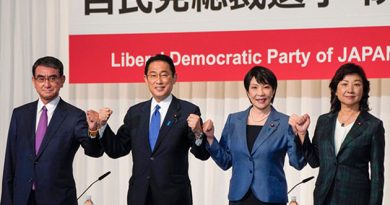Expert Links Sole Candidacies to Poor Party Regeneration

The rising number of candidates competing against blank boxes in the regional elections is an indicator of ineffectiveness of political parties in breeding political cadres, a researcher from the Indonesian Institute said on Monday.
Data shows that the number of sole candidates in the regional elections has increased to 15 in 2018, from three in 2015 and nine in 2017.
“Sole candidacies are legally allowed, but they are detrimental to the public,” Fadel Basrianto of the Indonesian Institute public policy research centre said in a written statement on Monday.
Sole candidates have only been allowed since 2015, after the Constitutional Court (MK) struck down a clause in the Regional Elections Law requiring the General Elections Commission (KPU) to confirm at least two candidate pairs in every provincial, regency or municipal election.
Fadel said that the parties had been ineffectual in two ways.
“Firstly, political parties have not conducted serious leadership recruitment,” he said. “The lack of candidates is a result of the parties’ lack of leadership ‘stock’.”
Secondly, Fadel said, the fact that the parties had banded together to back a single candidate pair in many regions showed that they had lost their identities as “competing agents”.
“Parties should play their role as a vessel for contesting ideas,” he said. “Instead, they have chosen to be more pragmatic rather than fighting for their own ideals.”
Fadel added that if the trend of sole candidacies continued, the public would lose out because of the limited leadership options and a weakening system of checks and balances.
“Going forward, political parties should be more serious in their internal recruitment processes,” he said.
Courtesy : ThejakartaPost
Photo : RMOL
[social_warfare buttons=”Facebook,Pinterest,LinkedIn,Twitter,Total”]



